The use of jasmine and the method of jasmine culture
Jasmine cultivation method
Jasmine flowers from early summer, if properly managed, can appear three full flowers.
In the first ten days of June, jasmine flowers bloom early, but these flowers are generally small and few, so they should be picked in time, otherwise too much nutrient consumption will affect the quality and quantity of flowering in the future, and delay the flowering period and affect the viewing. The method of flower picking is to pick off the young branches with leaves and promote the new branches to grow again. The branches and leaves are lush. At this time, apply light fertilizer water twice a week and keep the basin soil moist.
From late June to early July is the first full bloom, at this time, it is necessary to strengthen fertilizer and water management, thin fertilizer and frequent application, fertilization once every two days, fully decomposed organic liquid fertilizer, fertilizer and water ratio of 1:4. Water should be sufficient, usually once every 2 days. Watering is usually best done in the morning, while fertilizing is best done in the evening. This continues until late July, due to sufficient fertilizer and water, can make flowers bloom larger and more.
In early August, the second phase of flower formation, fertilization at this time should be slightly thicker than before, generally half of fertilizer and water is appropriate. In order to promote jasmine better flowering, but also to spray superphosphate solution to the leaves. To late August, gradually reduce fertilization, 6 days to 7 days to apply once, watering still need more, keep 2 days once.
From early September to early October, the third stage of flower formation, at this time should stop fertilization, watering amount should also be gradually reduced, because the weather has gradually turned cool, will affect the formation of buds, so the number of flowers is less, to mid-October after the flowering end, just keep the pot soil slightly wet can.
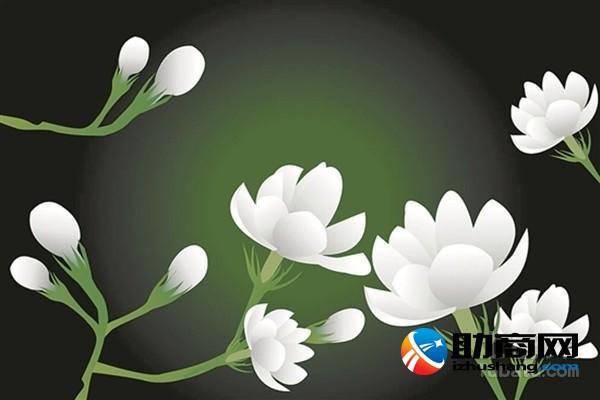
1. Making fertilizer from kitchen waste
Put the leftover vegetable leaves, fruit peels, peanuts, beans, chicken entrails and fish entrails into the bottle, add the right amount of water, spray some pesticides into it, and then close the bottle cap tightly. After about a month or two, the contents of the bottle will ferment completely, and then it can be used. Dilute the fermentation with water before watering the flowers, stir them until they settle down and water the flowers with the upper layer of liquid, which is even better.

II. Making flower fertilizer from Chinese medicine residue
After drinking the Chinese medicine residue is very good fertilizer, it contains a lot of nutrients, jasmine growth needs nitrogen, phosphorus and potassium in the residue are contained, and not only contains nitrogen, phosphorus and potassium also contains organic and inorganic substances, these substances to improve soil conditions have great benefits, so jasmine can grow better.
How do you make flower manure from Chinese medicine dregs? The method is very simple, first we put the dregs of traditional Chinese medicine into the bottle, and then put some soil and water into it. And then wait a month, until everything inside decays and we can water the flowers. We can mix it directly into the soil, but we should pay attention to not put too much Chinese medicine residue, which affects the growth of jasmine flowers.
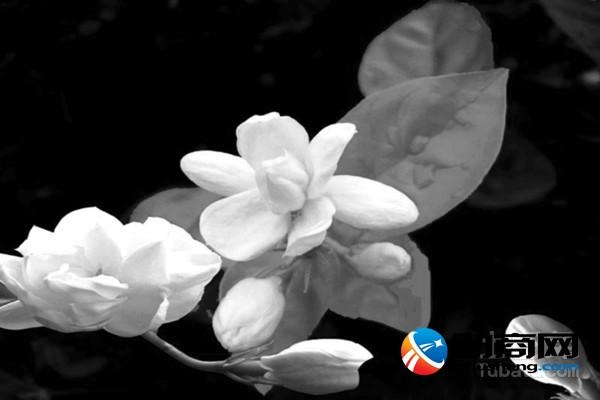
Third, eggshell production of flower fertilizer
Eggshell is a very good fertilizer, it contains jasmine growth needs phosphorus, flower fertilizer made with eggshell is a natural organic phosphate fertilizer. First we wash the eggshell, dry it in the sun, dry it and mash it into powder. It's a very simple process, so we can sprinkle it on the soil, and water it to absorb the ingredients in the eggshell, so that the jasmine flowers will be more colorful and full.
IV. Making flower fertilizer from bean curd residue
Bean curd dregs are excellent flower fertilizer, which is rich in protein, minerals and vitamins. After our artificial treatment, it is very suitable for the growth of jasmine. First put the bean curd residue into the jar, add 10 times the water, wait for fermentation. Generally speaking, it takes about 10 days to produce in summer, and it takes about 20 days to complete fermentation in spring and autumn. After the production is completed, we have to dilute it with 10 times of water when watering jasmine flowers, otherwise it will not only help the growth of jasmine flowers, but also affect the growth of jasmine flowers.
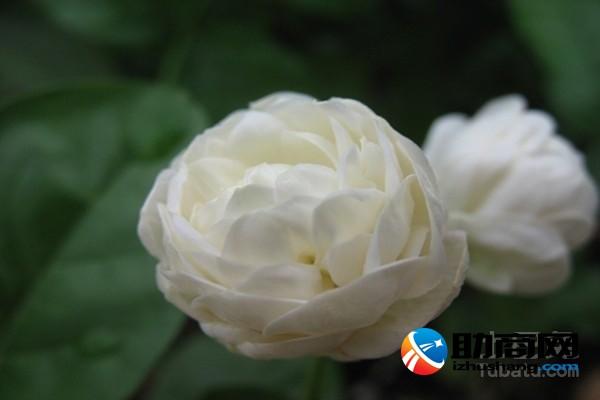
How to care for jasmine potted plants:
1, water: jasmine root shallow and fibrous roots developed, lush branches and leaves, high summer temperature evaporation, coupled with its own drought resistance, so the soil can not be too dry, but also not muddy. Basin with the best use of soil basin, plastic basin, porcelain basin ventilation difference, can be used as a set of basin. The premise of big water is that the soil aggregate structure is good, loose and breathable. The principle of big water irrigation is to irrigate thoroughly between dry and wet. Note that dry is never dry.
2. Big fertilizer: Jasmine has a long growth cycle, large annual growth volume and repeated flowering, fast nutrient consumption, more energy demand, poor fertilizer, thin branches, thin leaves and less flowers. The premise of large fertilizer is to use decomposed organic fertilizer, which is extremely important, such as rapeseed cake water (topdressing), poultry and fish viscera water (topdressing), supplemented by chemical fertilizers such as potassium dihydrogen phosphate. Fertilization is applied in the evening on a sunny day during the growing season and returned to the water the next morning (vital), once a week during the growing season.
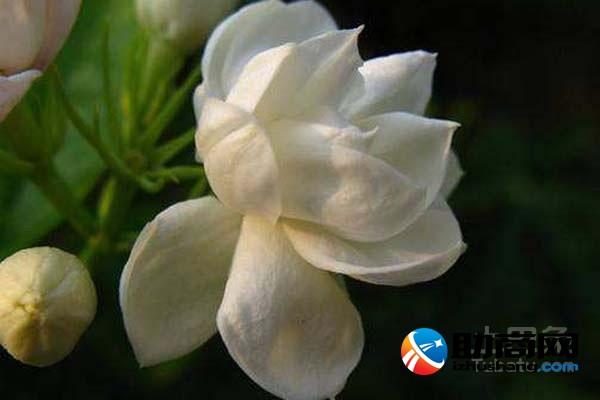
3. High temperature explosion: Jasmine is very fond of sunshine and must not be excessively shaded. Under the premise of ensuring moisture, the full sunshine is the best. If the sunshine is sufficient, the leaves will be luxuriant and the flowers will be many. If the low temperature is shaded, the leaves will be thin and the flowers will be thin. In addition, before germination in spring and after each batch of flowers, moderate pruning can ensure proper density of branches, concentration of nutrients and reduction of ineffective consumption.
Supplement: the problem of strengthening during maintenance. Jasmine growth after five years, the main branches will age, the upper branches thin, small flowers. During this period, special attention should be paid to the native branches of the multi-medium part. This kind of branches grow strongly and are properly guided to the old main branches that need to be renewed. After one year of growth, the old branches can be replaced, and the old branches can be cut off from the soil surface to achieve the purpose of renewing the main branches and strengthening the tree vigor, so as to maintain vitality.
Soil selection: Jasmine cultivation soil to fertile sandy and semi-sandy soil is good, in the pH value of 6~6.5 slightly acidic soil planting.
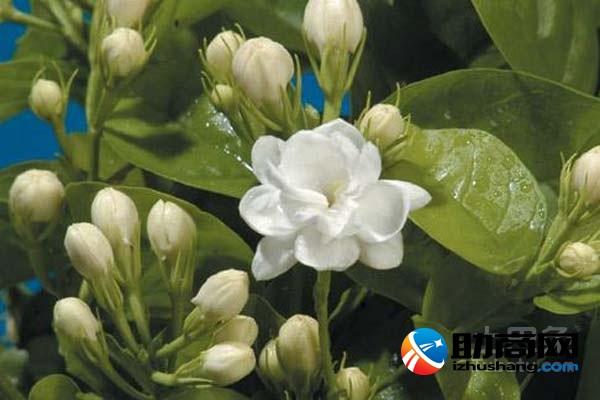
Jasmine fertilizer points:
1. Jasmine flowers should not be fertilized in spring. Because the temperature in spring is low and unstable, jasmine is difficult to absorb after fertilization. The fertilizer remaining in the pot soil will soak and corrode the roots of jasmine flowers, which is easy to cause jasmine root rot.
2. In summer, as the temperature rises continuously, the top of jasmine new branches will differentiate and breed flower buds. At this time, jasmine will be fertilized. As jasmine buds grow, bud and mature, gradually increase the amount of fertilizer to make jasmine flourish. It should be noted that the pot soil is not dry and must not be fertilized. It is very important that the jasmine roots rot easily after the wet pot soil is fertilized.
3. Fertilization of jasmine should be controlled in autumn. After the white dew of the lunar calendar in Wuhan, it is strictly forbidden to fertilize jasmine in my family (it is recommended that flower friends do not fertilize).
4, jasmine winter watering must be controlled, if fertilization is to kill jasmine. Jasmine winter has the habit of natural dormancy, it relies on branches and leaves to store nutrients for winter, so jasmine branches and leaves should not be pruned in autumn and winter. This period until next year jasmine sprout, are not allowed to jasmine fertilization, this period of fertilization has a hundred harm and no benefit! Jasmine at low temperature is weak, the root absorption function is low, the fertilizer applied can not be absorbed and decomposed at all, the fertilizer will corrode the root system if it stays in the pot soil, the bacteria in the fertilizer will erode the root system, and finally lead to the root rot and cause the plant to fail in winter. Many friends suffer from this problem of fertilization. Jasmine cultivation is not long because of this problem of improper fertilization.
Use of Jasmine
Fresh jasmine can not only make tea, but also have many other uses: jasmine is the mother spice of various edible cooking "chemicals" and edible essences. A variety of product formulations. Wide range of uses. Jasmine flowers are among the spices. It is very important basic raw materials and spices. Jasmine dew made from jasmine flowers and leaves can be used to make perfume, facial fat and other high-grade cosmetics beneficial to the human body. Jasmine tea is a high-grade beverage with high economic value.
- Prev
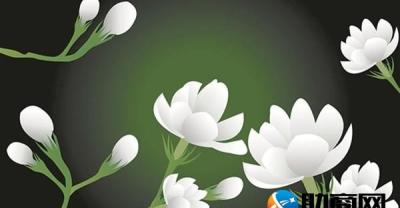
Plants suitable for indoor farming: which plants are good to raise indoors? What kind of plants should be raised indoors?
1. Dishui Guanyin: it has the effect of removing dust from the air.
- Next
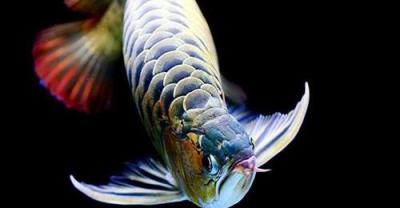
Culture methods and matters needing attention of thousand-petal sunflower
Ecological habits it is an annual herb. The tip of the leaf is pointed, and the whole leaf is heart-shaped. The edge of the leaf is serrated, the two leaves are rough and long.
Related
- On the eggshell is a badge full of pride. British Poultry Egg Market and Consumer observation
- British study: 72% of Britons are willing to buy native eggs raised by insects
- Guidelines for friendly egg production revised the increase of space in chicken sheds can not be forced to change feathers and lay eggs.
- Risk of delay in customs clearance Australia suspends lobster exports to China
- Pig semen-the Vector of virus Transmission (4)
- Pig semen-the Vector of virus Transmission (3)
- Five common causes of difficult control of classical swine fever in clinic and their countermeasures
- Foot-and-mouth disease is the most effective way to prevent it!
- PED is the number one killer of piglets and has to be guarded against in autumn and winter.
- What is "yellow fat pig"? Have you ever heard the pig collector talk about "yellow fat pig"?

